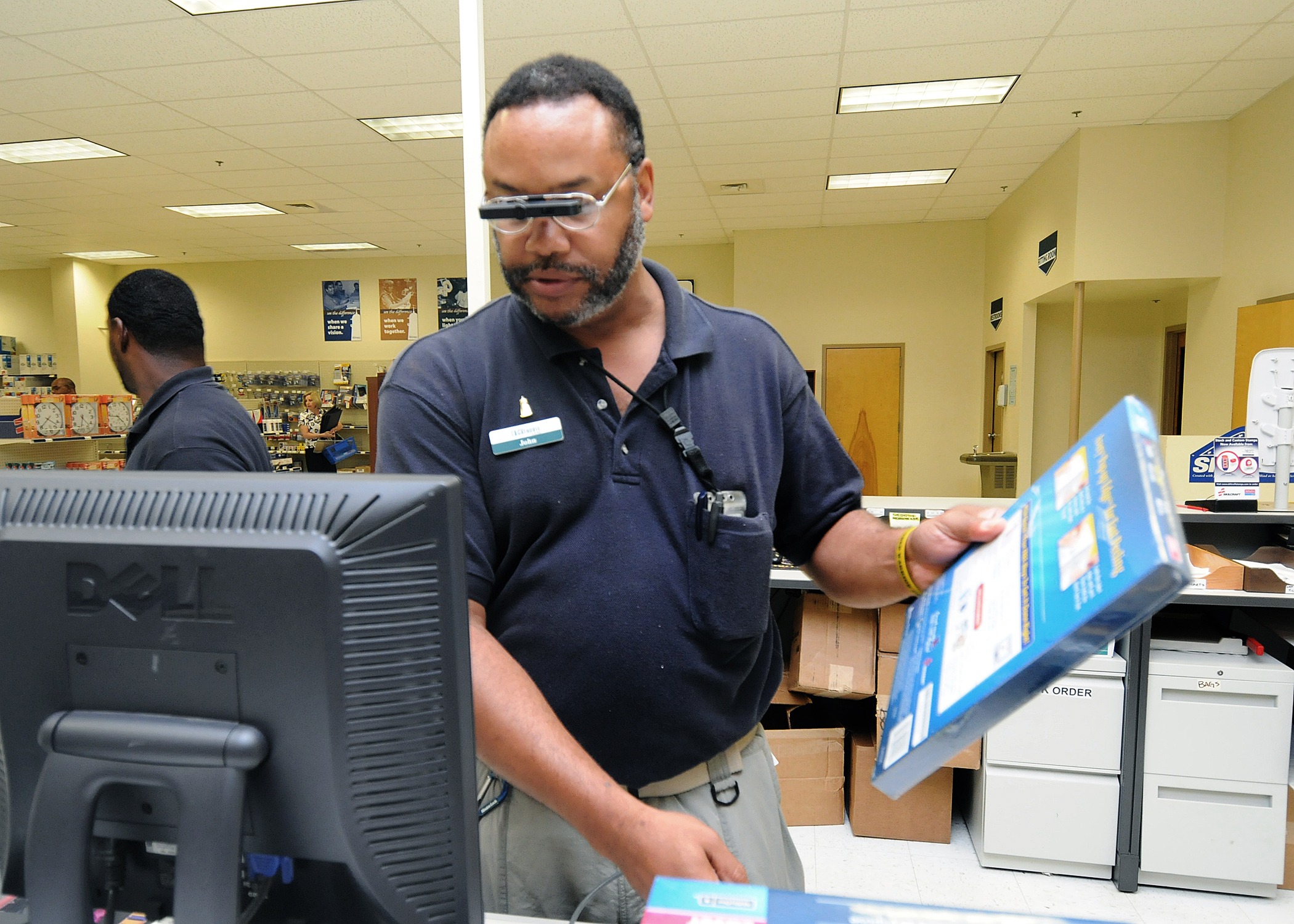
September 4, 2019
The New York State Industries for the Disabled, Inc. (NYSID) is a facilitating agency for New York State’s Preferred Source Program. The Preferred Source Program was created to advance social and economic goals related to the employment of New Yorkers with disabilities through the offering of designated commodities and services. NYSID was established in 1975 as a not-for-profit membership organization with the mission of “advancing employment and other opportunities for individuals with disabilities.”
The Rockefeller Institute of Government was commissioned by NYSID to measure the fiscal and social value NYSID creates for New York State and its taxpayers through the facilitation of the Preferred Source Program.
In 2018, NYSID managed a portfolio of $254 million in contracts that employed 6,565 disabled individuals. Collectively, these contracts:
+ Generated $368.9 million in economic output in New York State.
+ Employed 6,565 disabled individuals (2,299 full-time equivalent, or FTE) and an additional 806 full-time equivalent nondisabled workers.
+ Created the equivalent of an additional 919 full-time jobs through purchases made by Member Agencies, Corporate Partners, and employees.
+ Contributed $8.8 million in federal and state tax revenue. Many of these payroll taxes were paid by first-time taxpayers.
+ Reduced federal and state commitments to public assistance programs by $14.5 and $2.0 million, respectively.
+ Did not increase cost through participation in the Preferred Source Program when compared to private sector suppliers.
NYSID’s impacts were realized across all regions of New York State. In 2018, NYSID Member Agencies and Corporate Partners employed workers in 37 of New York State’s 62 counties. The region with the largest portion of NYSID-related economic activity was New York City, which accounted for 42 percent of NYSID’s employment impact and 47 percent of the economic output impact. The Capital Region and Long Island are the next largest in impact, representing 15 and 13 percent of NYSID’s economic impact, respectively.
This report is organized as follows: Section 2 provides an overview of NYSID’s mission and operations. Section 3 puts New York State’s disabled workforce in context through comparisons over time and across states. Section 4 provides highlights of New York State’s disability employment policy. Section 5 provides a comprehensive economic impact analysis of NYSID’s operations using multiplier analysis. It also estimates the fiscal impacts of individuals with disabilities working on NYSID contracts through increased tax revenues and reductions in public assistance. Section 6 presents summaries of NYSID’s activities in 10 regions across New York State, including the economic impact on the area and a profile of a member agency leading the effort for disability employment in the region. Section 7 concludes by exploring opportunities and challenges facing NYSID in the coming decade and how they can expand their impact.